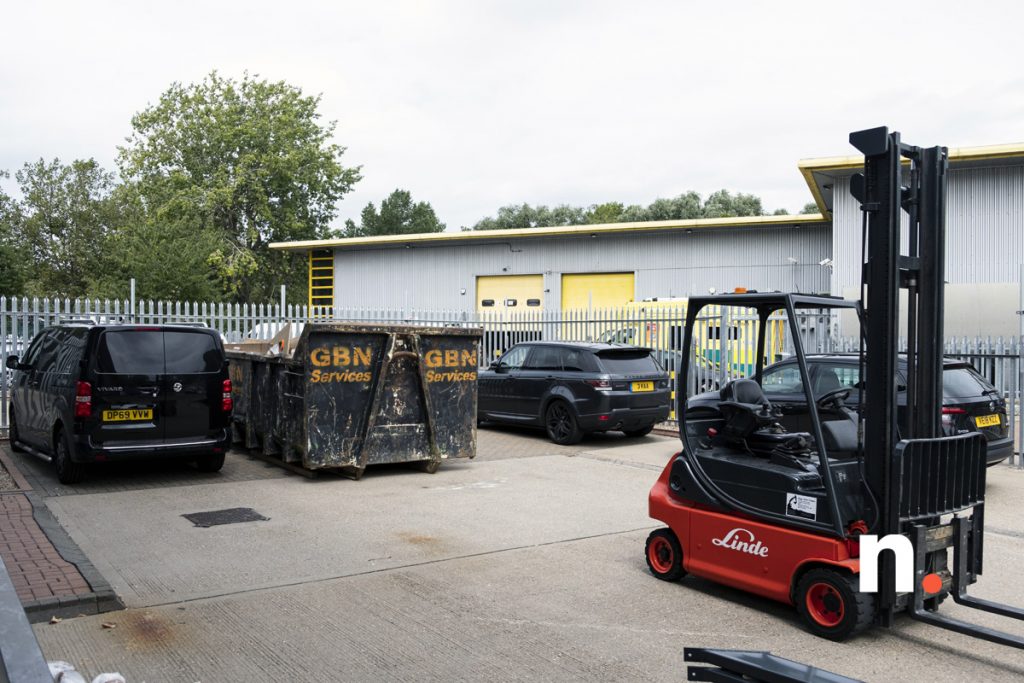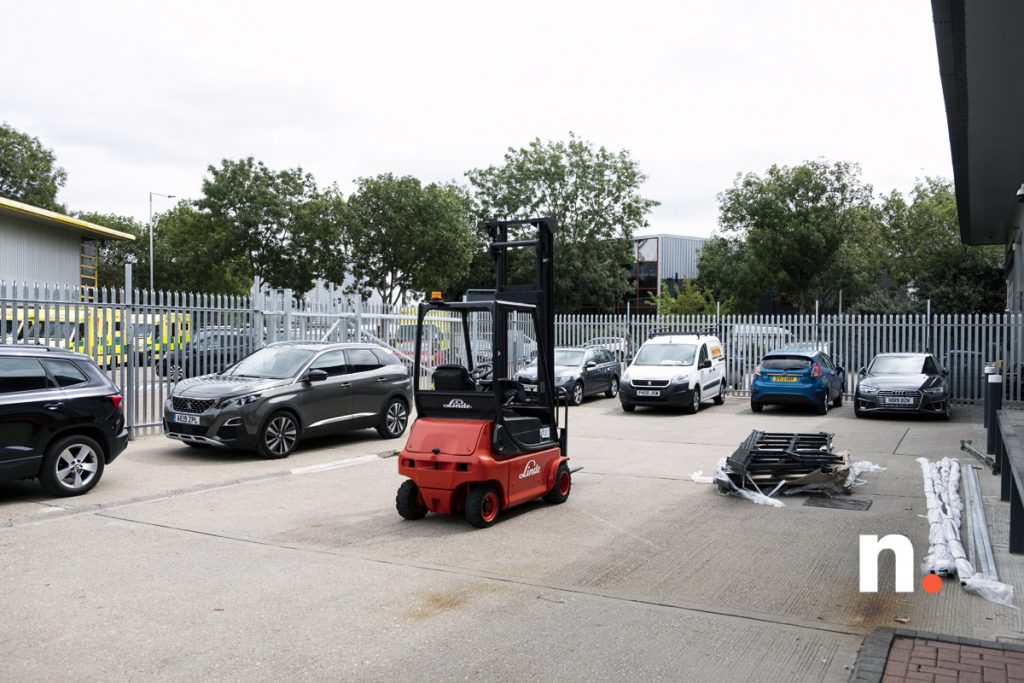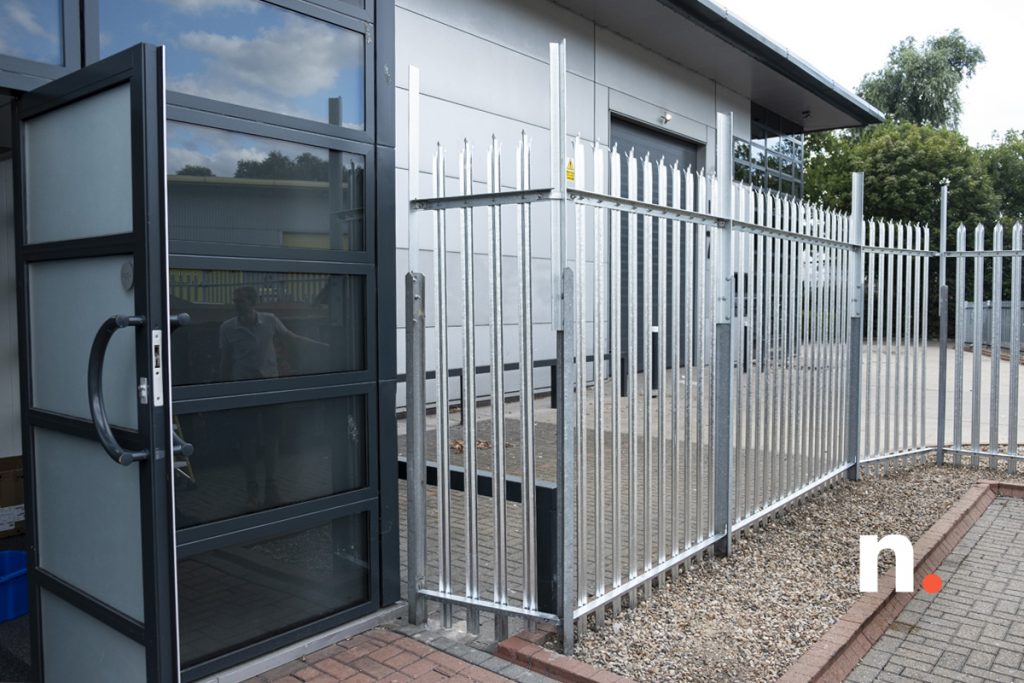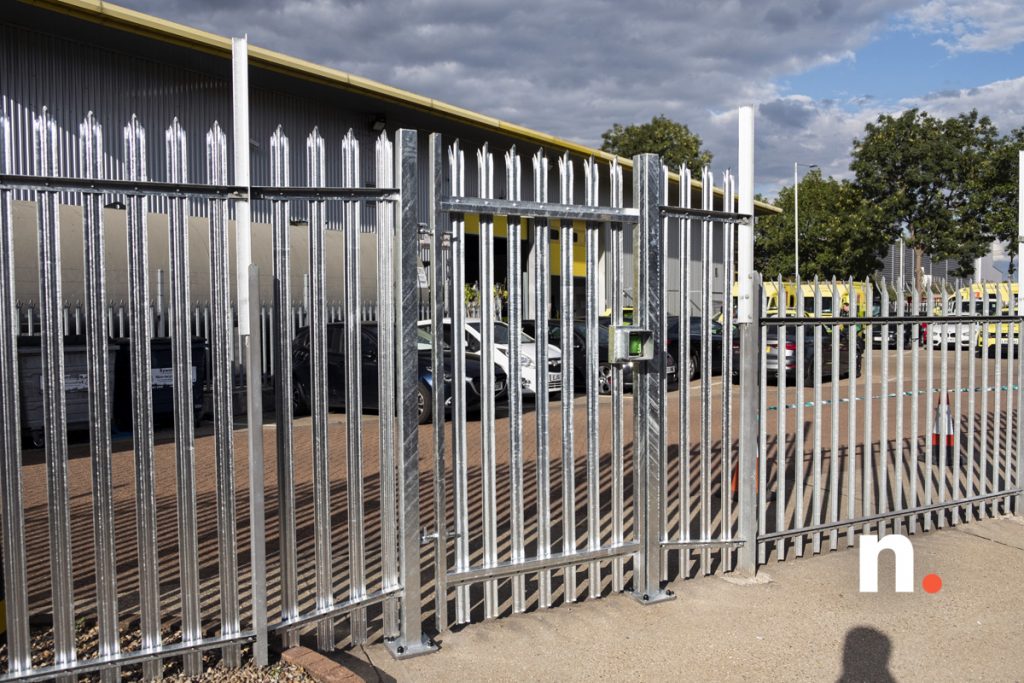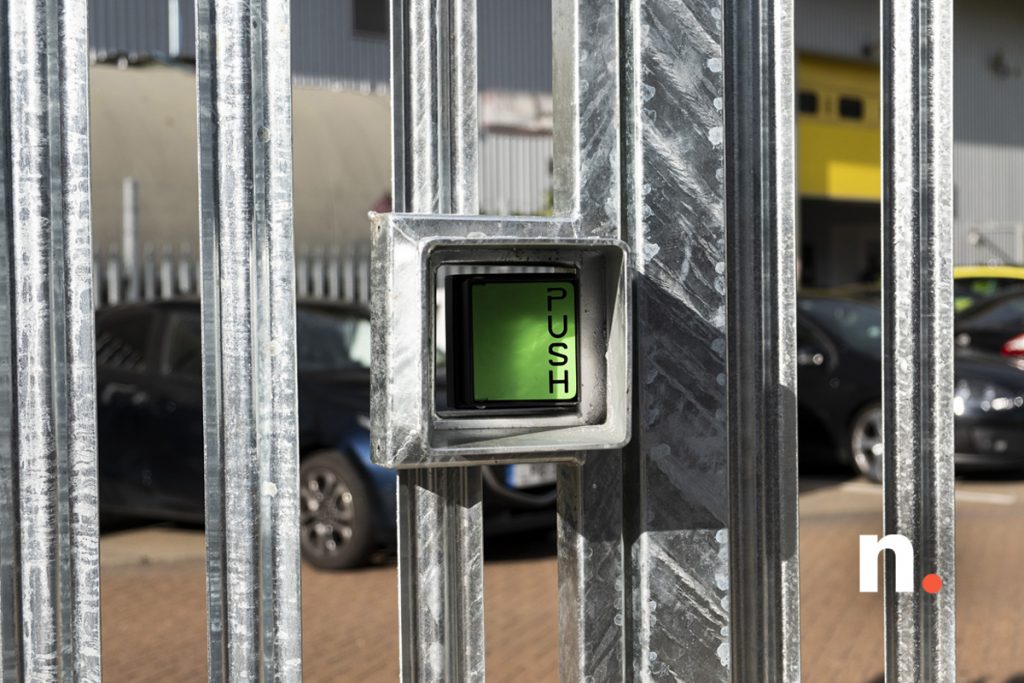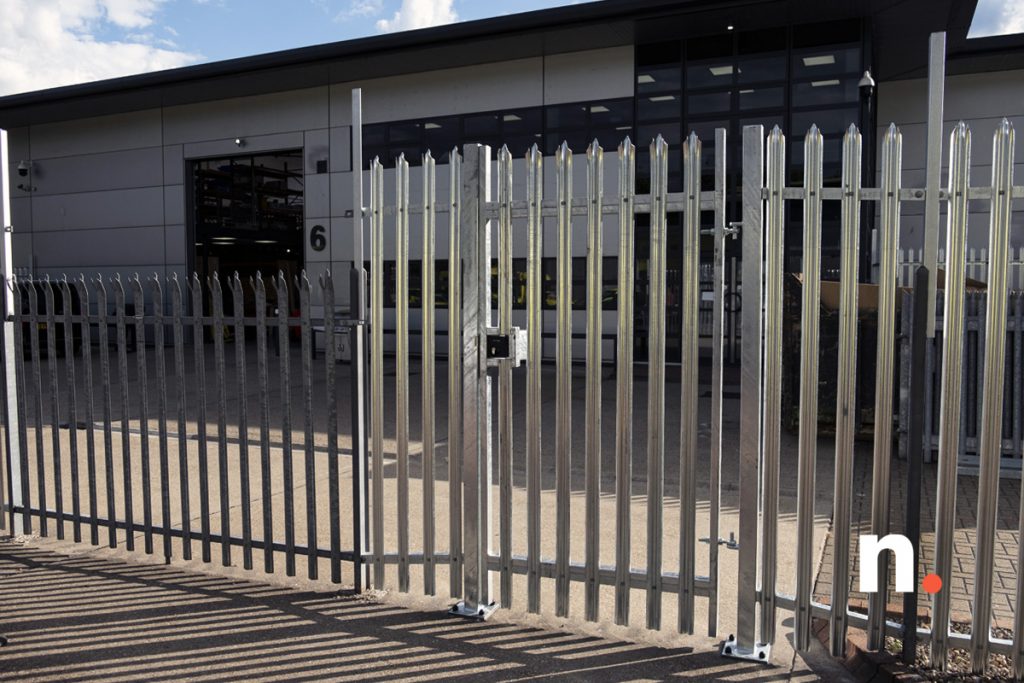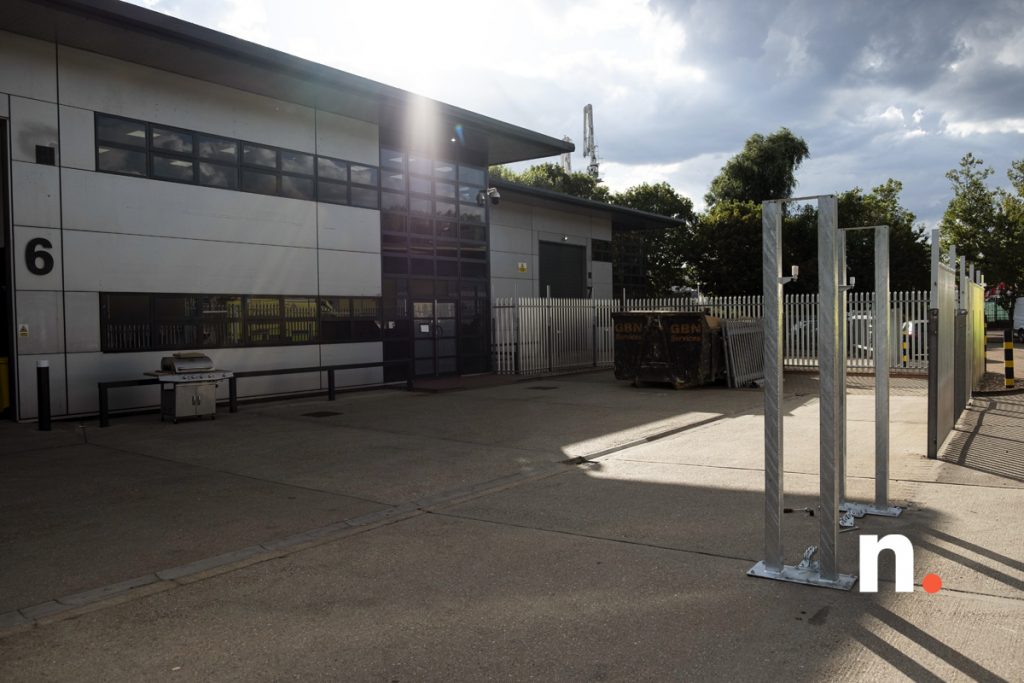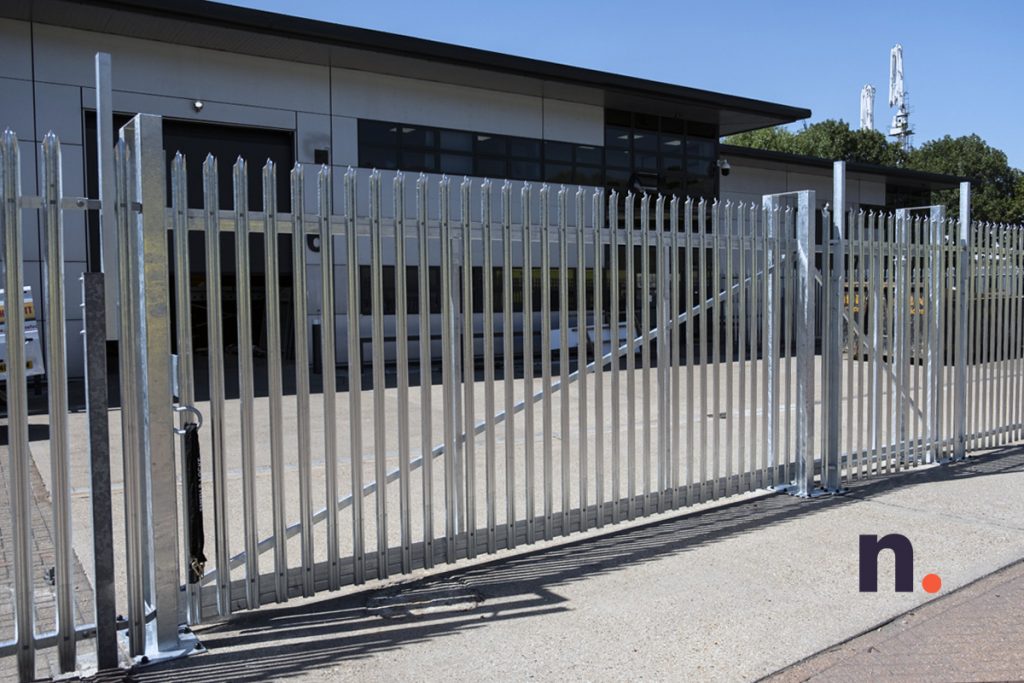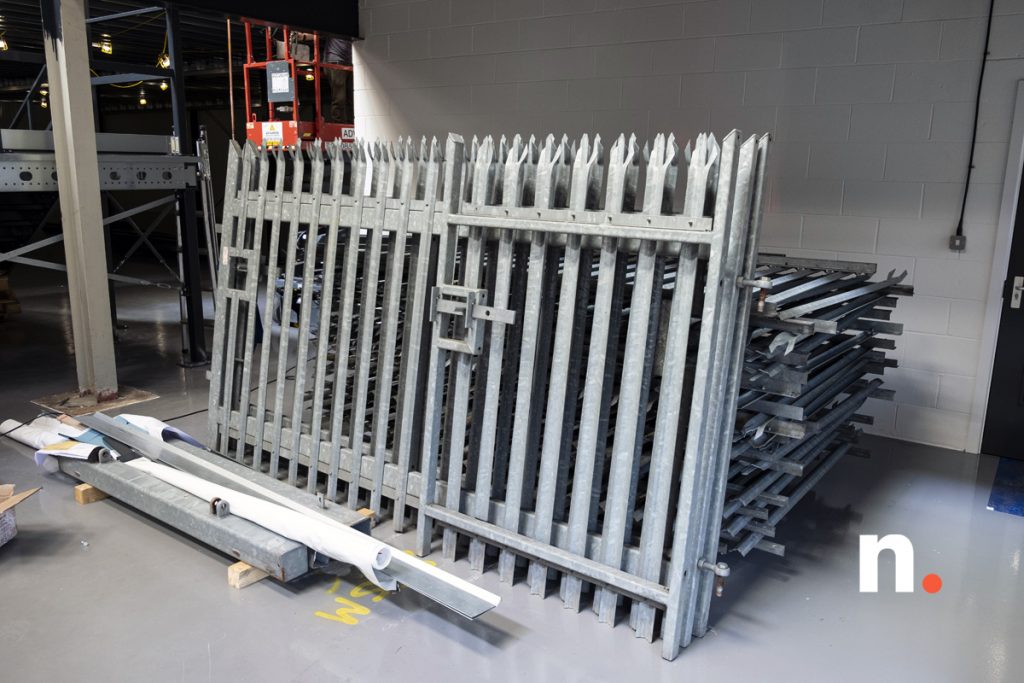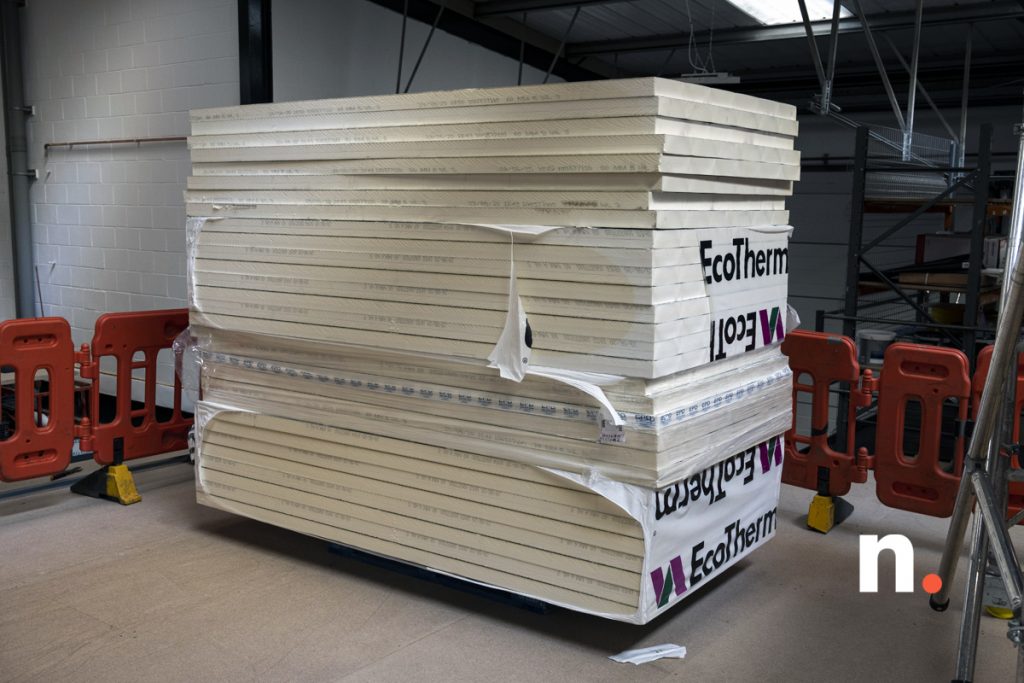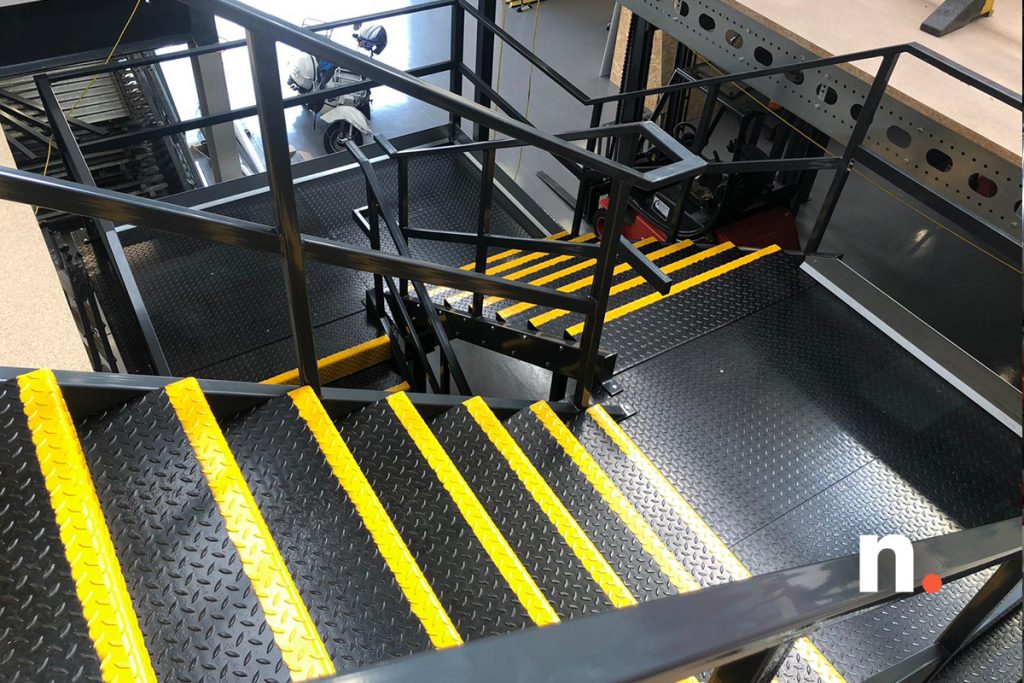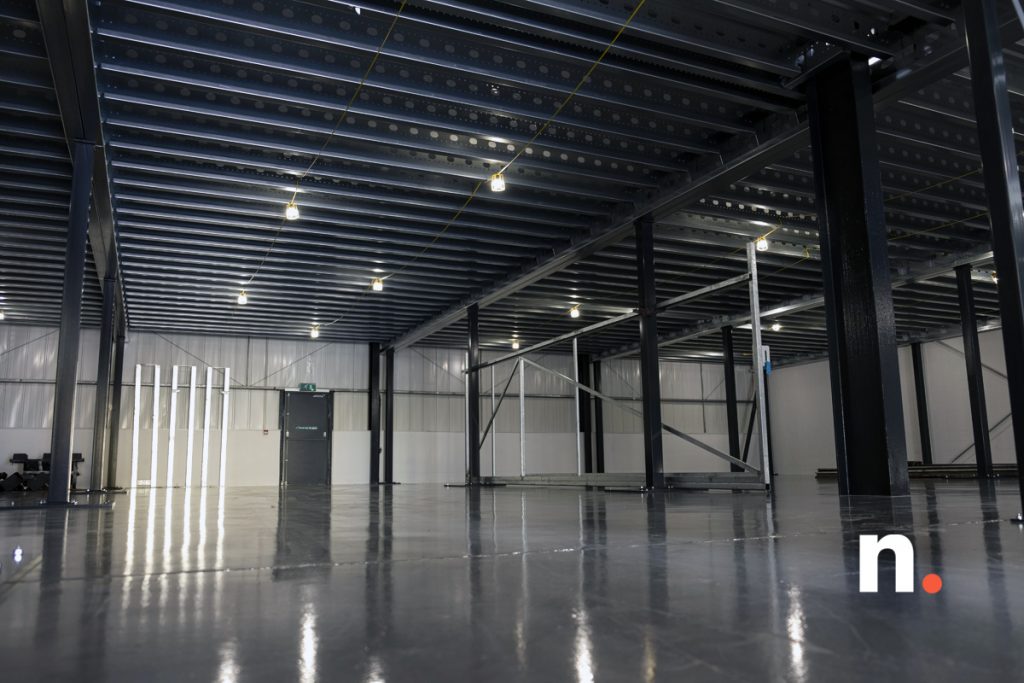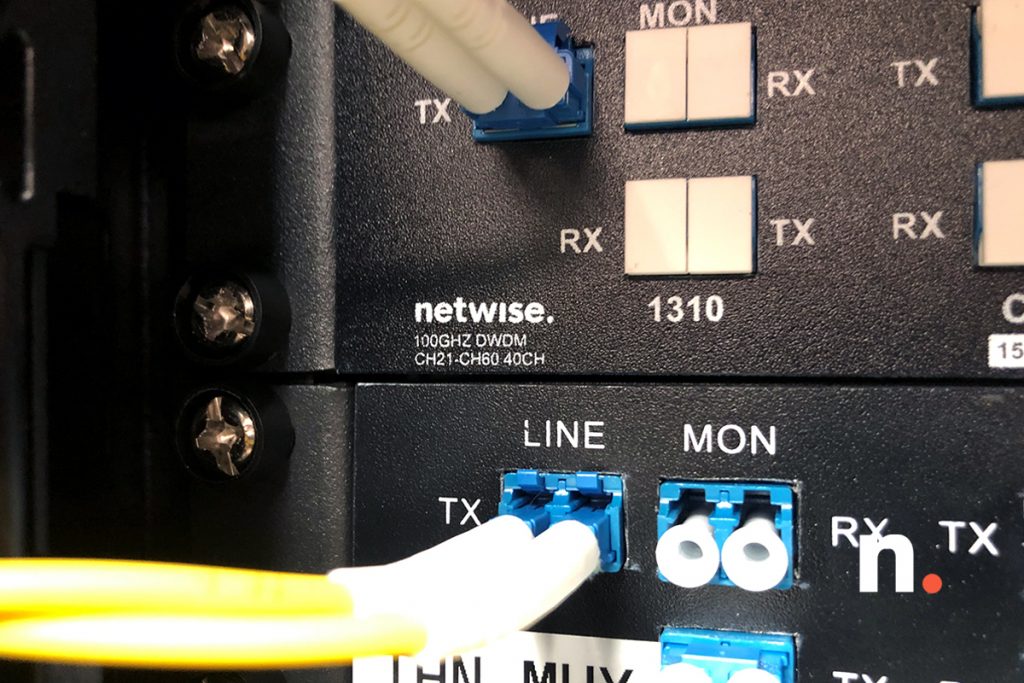Accurate and reliable data has never been more critical in the business world. All the complex data challenges you face could be detrimental to the success of your business. You need to ensure that you have everything under control.
About 98% of companies use data to improve their customer experience, and to be a part of this, you need to avoid some common data management mistakes. The modern customer comes with high expectations. There’s regular pressure to improve transparency, and even more need to ensure customer privacy.
You not only have more data, but you have access to the technology required to convert that data into actionable and meaningful insight. The question is, how do you leverage data to improve customer experience, and ultimately grow your business?
How do you even track this data? In this article, we’ll explore some of the most common data management mistakes and help you understand how to avoid them.
1. Lack of centralisation and visibility
We have already established how important data is to a business.
However, you’d be surprised to learn that only a small percentage of companies integrate their sales, marketing, and finance data and make it accessible in a centralised location. The problem is, if you only have access to a part of the data, it’ll be hard for you to make informed decisions.
You won’t be able to visualise the bigger picture, because some of the most vital data will be missing. Centralising access to data in your organisation is essential. Relevant parties will have access, and this could be the difference between how successful or unsuccessful you are in a data-driven economy.
2. Not understanding the potential of the data you have
The amount of data produced every day is a mind-blowing 2.5 quintillion bytes, which stands to increase with the growth of IoT.
The thing is, your business is sitting on a mountain of data on everything from your customer’s buying behaviours to their preferences and your operational effectiveness.
However, chances are, you’re not analysing this data to its full potential. Consider all the data you get in your company and how it can help you anticipate customer needs. How you can identify opportunities that will improve the efficiency and overall performance of your business.
3. Not having a dedicated data management team
Apart from the kind of tools and technology you use to manage your data, it’s equally as important to have a dedicated data management team. Even if you choose not to make it explicitly dedicated to data, the one thing you need to understand is that the team must be well-trained and experienced in data collection and management.
They should be aware of privacy policies and understand data quality, protection, analysis, and implementation. Creating and maintaining a dynamic data management team for your company is an essential part of effective data management.
Find the right team to ensure you get actionable and insightful results.
4. Failing to comply with global data privacy regulations
Businesses have gone global with the use of the internet, and you’re possibly reaching out to customers all over the world. Even if you’re not doing so now, it’s probably a part of your business plans as you expand, right? In an era of globalization, other countries will also have an influence on the economy, and how businesses function and process personal data.
Even if you were to choose to serve European customers only, you still need to comply with Europe’s Global Data Privacy Regulations. Failure to comply could lead to significant fines. This means that you should adhere to international data privacy rules in all the countries your business operates in.
5. Failing to secure data
One of the most essential aspects of data management is having the right data security measures.
We’re living in a world where cybercrime is thriving, and so are hackers, malware, viruses, ransomware, etcetera. You are also faced with both internal and external threats, so you must find a way to secure your data effectively.
The bigger challenge here is that you may need to copy confidential information to mobile devices, employee hard drives, and USB devices. The issue here is that these devices are portable and prone to loss, theft, and damages.
If such devices got lost without proper passwords, data backups, or proper encryption, your sensitive data could get into the wrong hands, putting your company and customers at risk.
Company servers also need to be extremely secure and having a data security team can solve this. Ensure there are no vulnerabilities, and only authorised personnel have access. You can hire a professional company for a quarter, half, or full rack colocation service for all your data.
6. Being lax about data quality
The one variable that truly has an impact on the success of your marketing campaigns is the quality of the data you have.
It’s impossible to deliver the right messages to the right target market unless you have quality data. Besides, everything right now is in constant flux, so it’s impossible to use bi-annually or even quarterly lists.
A part of your data is inaccurate, inadequate, incomplete, or unavailable. This can result in a wasted budget, missed opportunities, and failure to meet your objectives.
This is one of the most common data management mistakes you should avoid. It’s possible if you find the right data management tool that will help you collect complete and clean real-time data.
7. Tracking the wrong metrics
Can you show how your marketing strategies contribute to your overall business revenue?
A very small percentage is able to, but the thing is, it’s essential for you to tie your marketing efforts to performance. This will require you to track metrics that impact your business.
Before you can get any meaningful insights, it’s vital that you consider what you need to know. First, identify what problems you want to solve, what goals you want to achieve, and the metrics you need to measure.
The worst data management mistakes to avoid
There you have it! These are some of the top data management mistakes you should avoid because they’ll only drag your business behind. There is so much that goes into data management, and you need to ensure that you have the right tools and the right team as well.
If you’d like to know more about data collocation, please get in touch with us, and we’ll be glad to tell you more and help you out.

